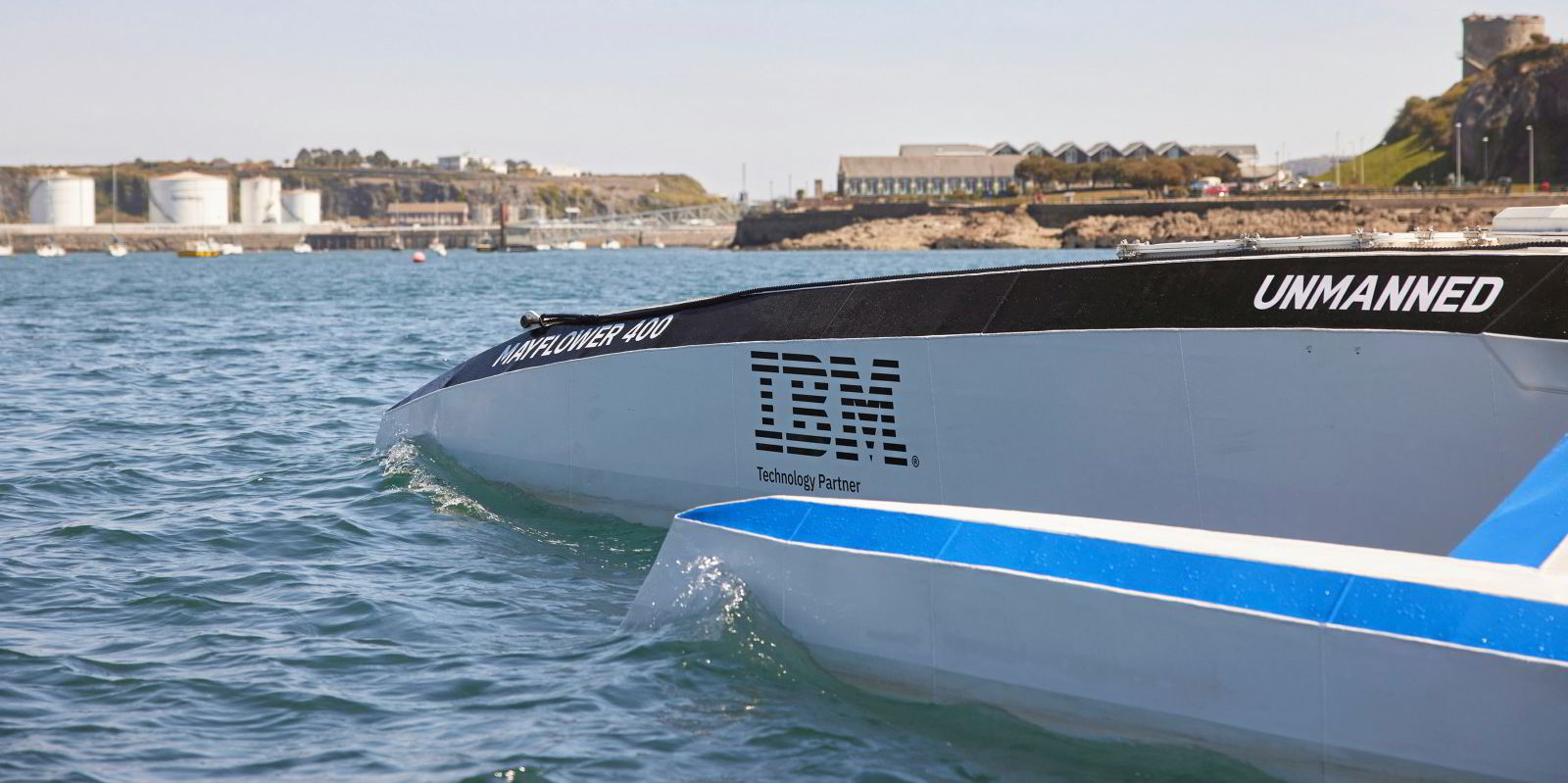Discussions are underway for the very first performance-linked charter, in which the rate of hire is determined by a vessel’s actual technical performance.
The talks are based on the Vessel Technical Index (VTI), a new recommended practice unveiled by classification society DNV at the end of May.
The recommended practice aims to establish an accurate, data-based and standardised method for measuring actual in-service vessel performance (see factbox below) — a world first.
“One way of explaining it is if you take EEDI [the Energy Efficiency Design Index] and think of it as a live EEDI, but across the entire displacement and power curve of the ship in service,” said Andreas Brekke, CEO of Miros Mocean, which will be the first company able to deliver VTI data per DNV’s recommendations.
Miros Mocean is a joint venture between wave technology firm Miros, shipowner BW Group and Copenhagen Commercial Platform (CCP) — an ESG-focused commercial manager of bulkers that follows positive environmental, social and governance principles.
Christian Bonfils, CCP’s chief executive and chairman of Miros Mocean, thinks the chartering-related possibilities of VTI are “very very interesting” for CCP, which is in the early stages of putting something together.
“We are in dialogue now with two charterers to do a performance-linked charterparty we call the eCP, where the rate is adjusted every three months based on the previous three months’ actual performance,” he said.
Under the eCP — the Efficient Charter Party — the better the vessel’s VTI performance, the higher the rate of hire.
Owners are usually bound by performance warranties of at least 10% tolerance above and below agreed levels in charterparties — but there is little incentive for owners to outperform these tolerances when the charterer gets all the upside in fuel savings.
Low-hanging fruit
Likewise, investing in energy-saving devices has been seen as the low-hanging fruit in decarbonising shipping. But the stumbling block for owners continues to be: why bother? Charter contracts do not take into account any fuel savings generated by the devices and they may not necessarily improve a vessel’s Carbon Intensity Indicator rating.
“The VTI is a little bit of an enabler towards collaboration between owners and charterers,” Bonfils said.
“Certainly, you avoid all these warranty clauses, but you will have an owner who will be very up to speed on how his vessel is performing because [otherwise] he will be penalised.
“The owner will be incentivised to invest in energy-saving devices throughout that charter period — and the charterers don’t mind because they get what they pay for, even if they have to pay 5% or 3% more. That’s because they have a ship that is better.”
The DNV recommended practice for VTI requires a vessel’s power to be measured using a marine shaft power meter, which most vessels already have on board. Miros Mocean also uses its proprietary wave radar sensors, based on navigation radar, to monitor external resistance factors such as waves, current and weather factors.
“Basically, what we do is we measure the power and then we measure the added resistance or added power needed to overcome external forces,” Brekke told TradeWinds.
“Then we measure that against the newbuild baseline of the power curve, and then we can tell you how much worse your ship is performing against your newbuild power curve, normalised for external forces — waves, current, wind, sea temperature — and including the operational instructions, so the full displacement and the full speed curve.
“It gives you a number that your vessel technical index is at any given time. We can provide that. If the number is 1.17, then you’re performing 17% worse than at newbuild.”
Smart investments
Bonfils envisions that the VTI could be used by banks in financing secondhand vessel acquisitions with sustainability-linked loans because it gives a way to verify a ship’s efficiency.
Banks could also use the VTI to verify that owners are maintaining the asset properly and making smart investments to improve its performance, he added.
Michael Schmidt, CCP’s head of ESG and projects, told TradeWinds: “It’s the first time that we have reached an accuracy where you can measure effects down to propeller cleanings, fuel-saving devices and thereby also reach an accuracy that can be validated by DNV and thereby used in commercial contracts.”
Around one-third of CCP’s managed fleet already uses Miros Mocean’s platform to monitor vessel performance and quantify fuel savings. BW Group is also testing the platform across several of its other vessel segments.
DNV's Vessel Technical Index (VTI) is a recommended practice that aims to establish an accurate, transparent and standardised method for evaluating vessel efficiency.
The Carbon Intensity Indicator (CII) rates vessels on their carbon emissions per unit of cargo-carrying capacity. But CII’s great weakness is that external factors such as weather conditions, speed instructions and loading condition can inaccurately skew vessels’ true technical performance and efficiency in CII calculations.
The influence of these external factors is stripped out when a vessel’s VTI is calculated, which allows the index to show the ship’s technical performance relative to its initial newbuilding state.
DNV envisions that the VTI can be used as a standardised way of working with performance data and creating a baseline for measurements.
Performance-based charterparty agreements could also be facilitated using the index.
The VTI could also be used to evaluate and quantify the effect of energy efficiency measures on board vessels. The index could even be used to assess the best time to clean a vessel’s hull and propeller and to quantify the impact of that work.
The VTI will be verified by an independent third party — DNV — which will build trust into commercial relationships between stakeholders who wish to base sustainability-linked business on technical ship performance metrics.
“Reducing emissions and substantiating these efforts will become essential in a commercial setting where improved technical performance is likely to become a precondition for shipowners to gain access to capital and cargo,” Trond Hodne, DNV’s business director for maritime, said in a release.
The DNV recommended practice was put on hearing to the maritime industry at the end of May and is expected to be finalised and published next quarter.





